Learn how to plant raspberries the best way. Whether you have acreage on a homestead or limited space in apartments, you can grow a healthy red raspberry or blackberry plant from bare root to an abundantly producing bush with this easy tutorial.
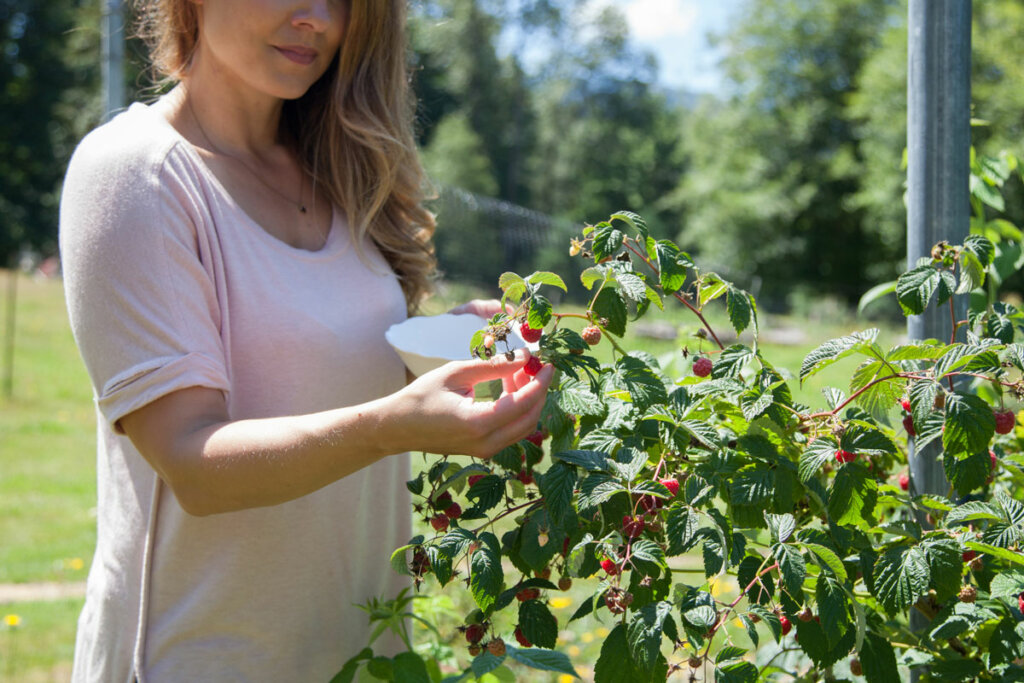
Then come back and learn how to prune raspberries to ensure a maximum harvest in years to come, plus how to harvest the young leaves for raspberry leaf tea.
🍞 Struggling With Sourdough?
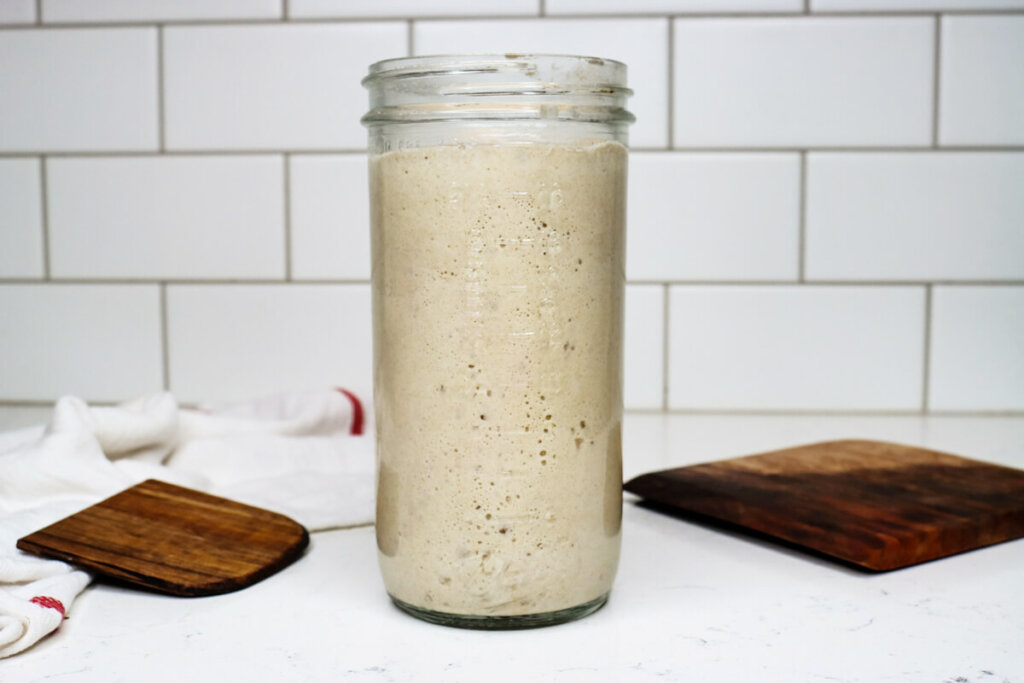
If your starter won’t take off, your loaves are dense and hard, or sourdough just flat-out overwhelms you…
👉 I’ll show you how to fix all of it.
Join my FREE live workshop and learn how to make a bubbly, active starter—the right way, from Day One.
🗓️ Jan 12 @ 1pm PT
Why I Love Growing Raspberries
A raspberry patch lends not only a tasty treat, but also a beautiful addition of red and yellow (or even purple raspberries) to a homesteader’s garden.
I love planting perennials because it allows me to plant just one time, and these plants present an offering of fruit year after year.
For my family of four, I have planted a row of 11 raspberry canes that bring in a plentiful harvest not only to eat fresh in season but enough to also preserve.
We enjoy eating the berries fresh and making fresh raspberry juice. Some of my favorite preservation methods for raspberries are my low-sugar jam recipe, and dehydrating raspberries.
This need will vary depending on a number of contributing factors, and I talk more in-depth about how many berry bushes and fruit trees to plant when considering these variables.
Ever-Bearing vs. Summer Bearing Raspberries
The most notable difference in raspberry varieties is ever-bearing and summer-bearing raspberries.
Ever-bearing raspberries will produce berries on the canes that grew within that year and will continue to produce until the first frost in the fall.
Summer-bearing raspberries produce berries on canes that grew the summer before. Berries ripen in early to mid-summer for the duration of about a month.
If the goal is to preserve berries in jams, jellies, and syrups, summer bearing is the best variety for this purpose because you’ll get the majority of your fruit at once.
The variety of the raspberry plant will also determine how to prune raspberries. Always plant like varieties together to make pruning raspberries more efficient.
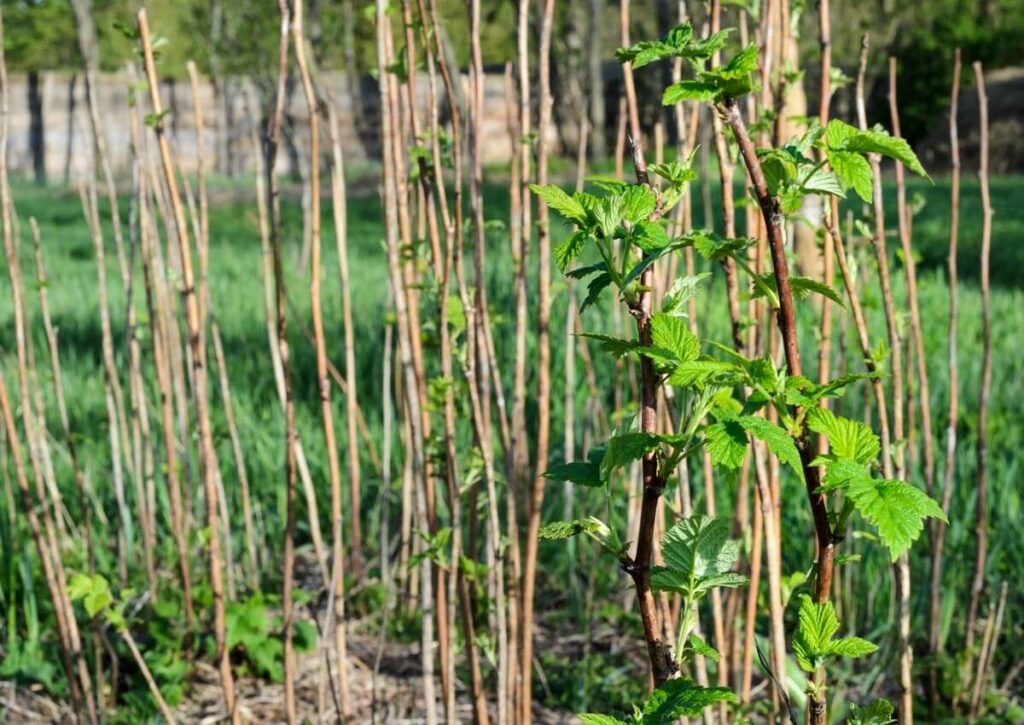
Subscribe to Melissa K. Norris!
Get updates on the latest posts and more from Melissa K. Norris straight to your inbox.
We use your personal data for interest-based advertising, as outlined in our Privacy Notice.
When is the Best Time to Plant Raspberries
Raspberry bushes are best planted in the late winter or early spring. As soon as the ground thaws and is workable, planting can begin.
If transplanting a raspberry bush from pots, make sure all danger of frost has passed.
Raspberry bushes cannot withstand a frost, and planting them too early will kill off their growth. If they survive, the damage will prevent them from producing fruit that season.
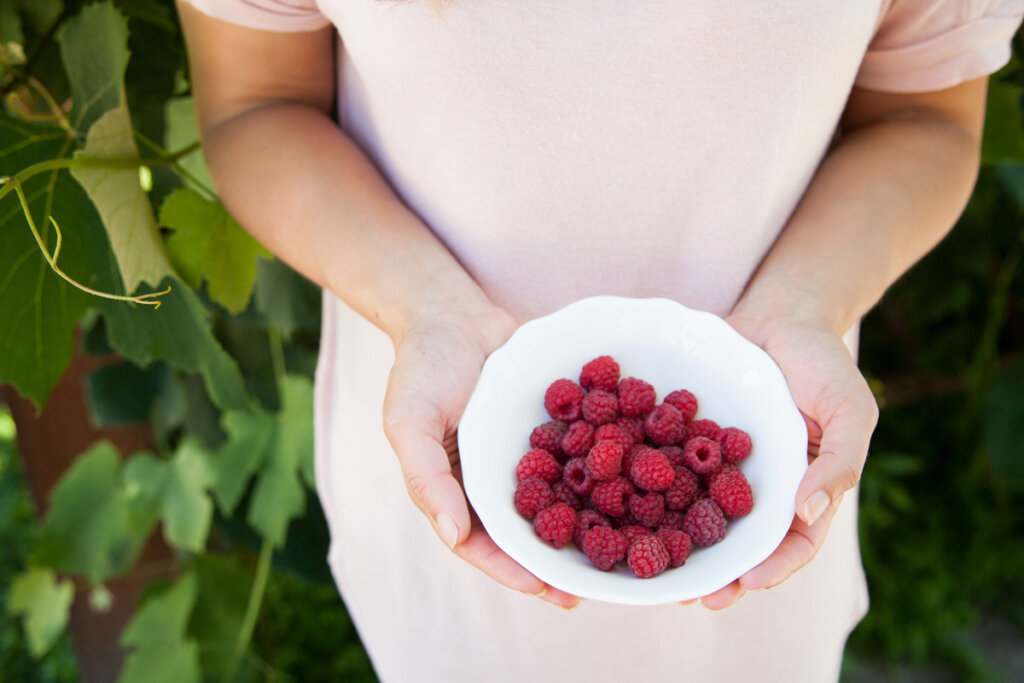
How Long Does it Take for Raspberries to Bear Fruit
Depending on the raspberry variety, the growing season for all raspberries is from early summer to early fall.
Summer-bearing raspberries will produce fruit by the second summer after planting.
Ever-bearing raspberries will have some berries come on within the first summer, but a full harvest can be expected in the fall.
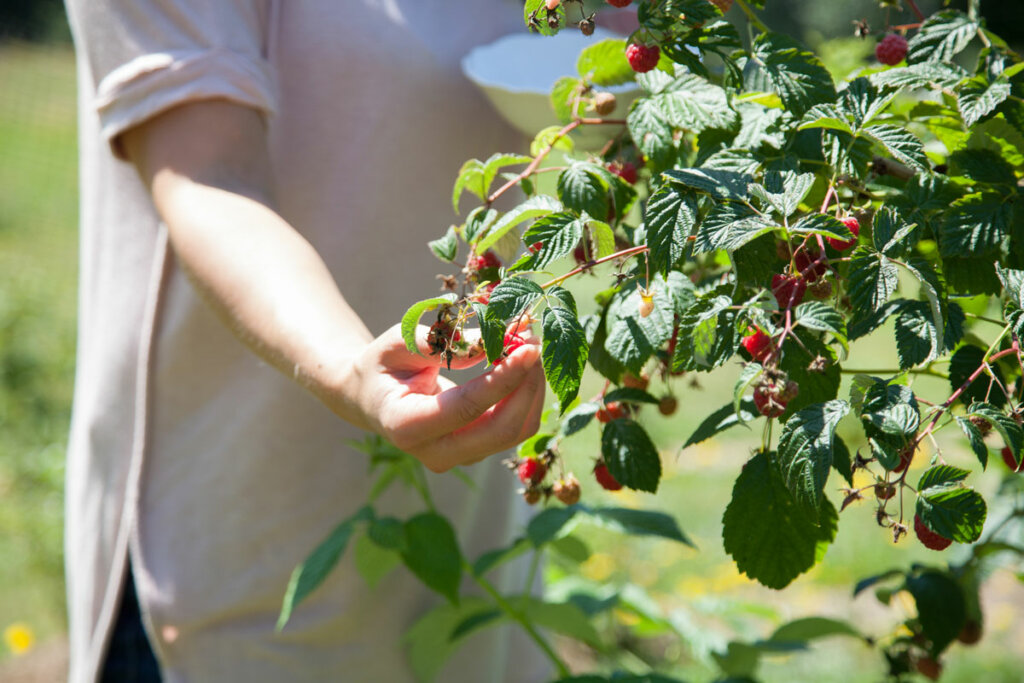
Supplies Needed
- Space – The amount of space you will need will be determined by how many raspberry plants are planted. Raspberries are best planted in a row spaced at least 18 inches apart with 4 feet between each row.
- Sunshine – While raspberries will grow in partial shade, they will thrive in full sun. The more sun exposure, the more berries the plants will produce.
- Year Old Canes – These can be purchased online, at a local nursery, or from a neighbor who is thinning out a patch. Potted raspberry plants can also be used. Just make sure the danger of frost has passed before planting potted plants.
- Rototiller – When planting in-ground, a rototiller to till up the top layer of soil is helpful. However, cultivating by hand works too.
- Rake – This helps gather the freshly tilled organic material so that it will not re-root and compete with the raspberry plants. Once removed, it can be added to a compost pile.
- Shovel – Raspberries need to be planted about 12 inches deep, so a shovel is going to be the best tool for this.
- Soil – Raspberries grow best in well-drained soil with a pH of 5.5 – 6.5. Do not plant raspberries in clay soil. The retention of water will rot the roots, and kill the plants. I teach how to easily test and amend your soil in this post.
- Compost – In addition to well-draining soil with a proper pH, a scoop of compost with manure added will promote the health and production of the plants. To learn more about composting at home, read 7 DIY ways to compost at home.
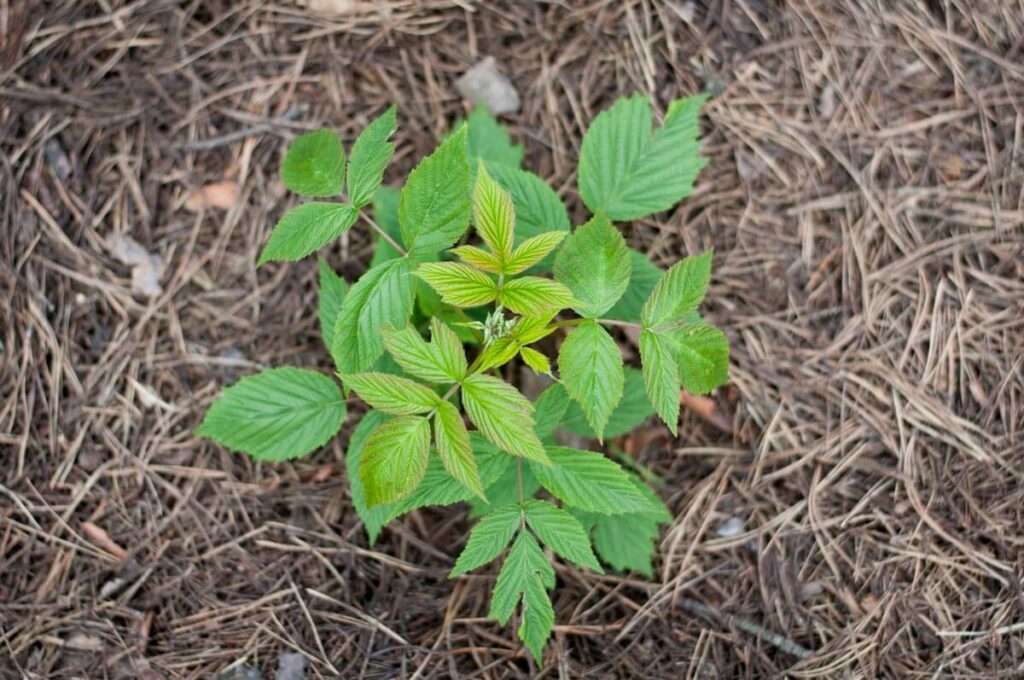
How to Plant Raspberries
These instructions specify bare root raspberry canes. However, transplanting mature raspberry bushes follow these same steps.
Just bear in mind that raspberry plants that have already produced leaves and buds should never be transplanted until the danger of frost has passed.
Additionally, steps 1-3 apply only to in-ground planting. When planting in containers or a raised bed, begin at step 4.
- The day before planting put the bare root raspberry canes in a bucket of water. The water should only cover the roots. This will stimulate the roots to start drinking water. You don’t want to plant raspberries that are thirsty!
- Begin by tilling just the top layer of the ground with about 4-6 passes. If you don’t have a tiller you can dig it by hand, it will just take a little longer.
- With a rake (or by hand), remove all grass roots and weeds so they do not re-root and compete for nutrients in the soil.
- Test and amend the soil if needed. The soil’s pH level should be around 5.5 – 6.5. Raspberries prefer acidic soil, so if the soil is too alkaline, adding ½ tablespoon of sulfur powder per plant will help add more acid to the soil.
- Dig a hole approximately 12 inches deep for each plant, spacing the holes at least 18 inches apart. The raspberry canes will need some space to spread and put up new growth every year.
- Add a scoop of compost with manure (that is not hot).
- Place the raspberry canes in the hole and bury just the roots with your soil and compost mixture. Your soil mixture should be about an inch over the roots.
- Water the soil mixture and roots well, and fill in more soil if the roots are exposed. If roots are exposed it could dry the raspberry cane out. Tamp down the soil lightly around the canes to secure them in place.
* As your raspberry plants grow, it’s a good idea to tie them up to keep the canes growing nice and tall instead of out (which causes them to bend over).
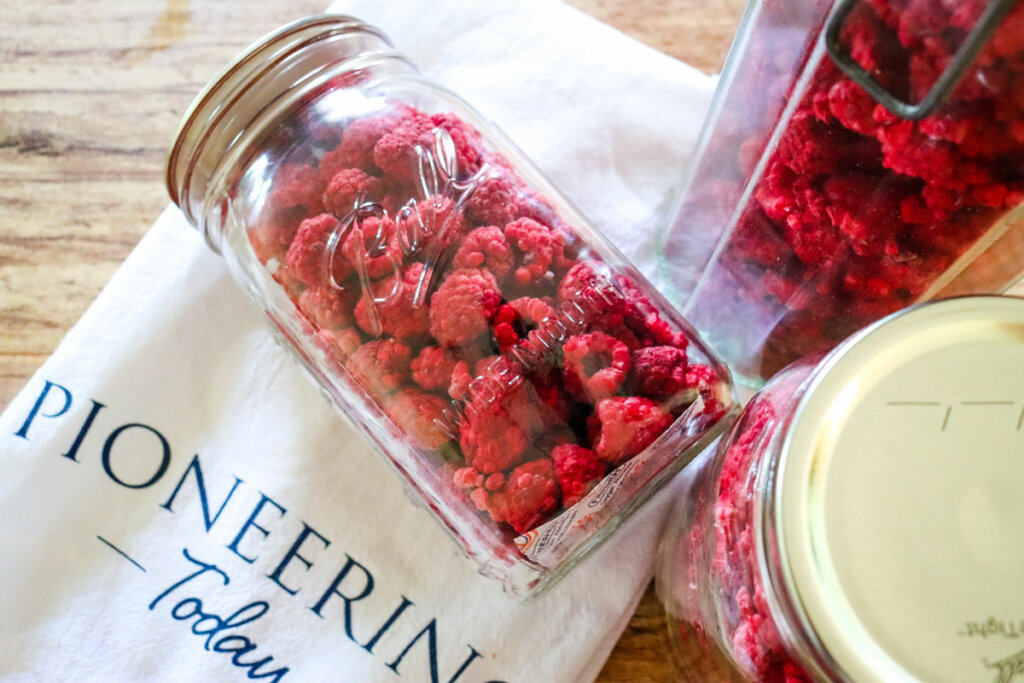
More Articles You May Enjoy:
- How to Prune Raspberries
- Planting Berry Bushes & Fruit Trees (How Many to Plant Per Person)
- When & How to Plant Fruit Trees
- How to Prune a Blueberry Bush for a Larger Harvest
- How to Plant Strawberries- 5 Tips to Success
- How to Grow Elderberries
- Raspberry Lemon Cream Cheese Muffins
- How to Dehydrate Raspberries (and other fruits)
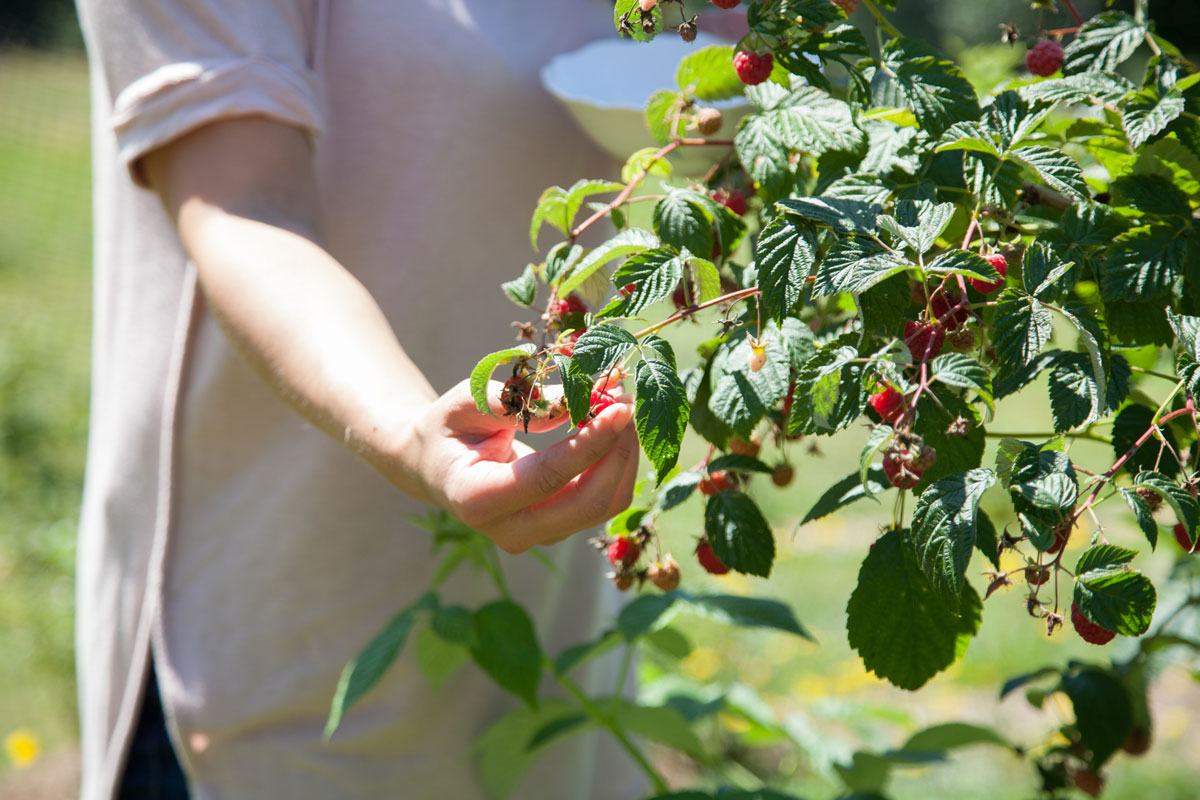
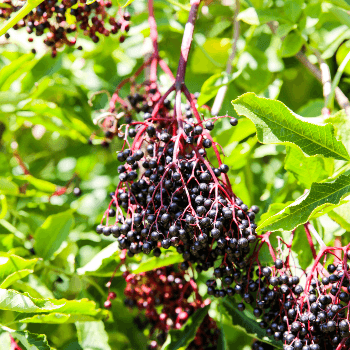
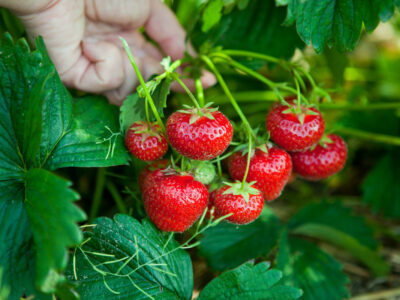
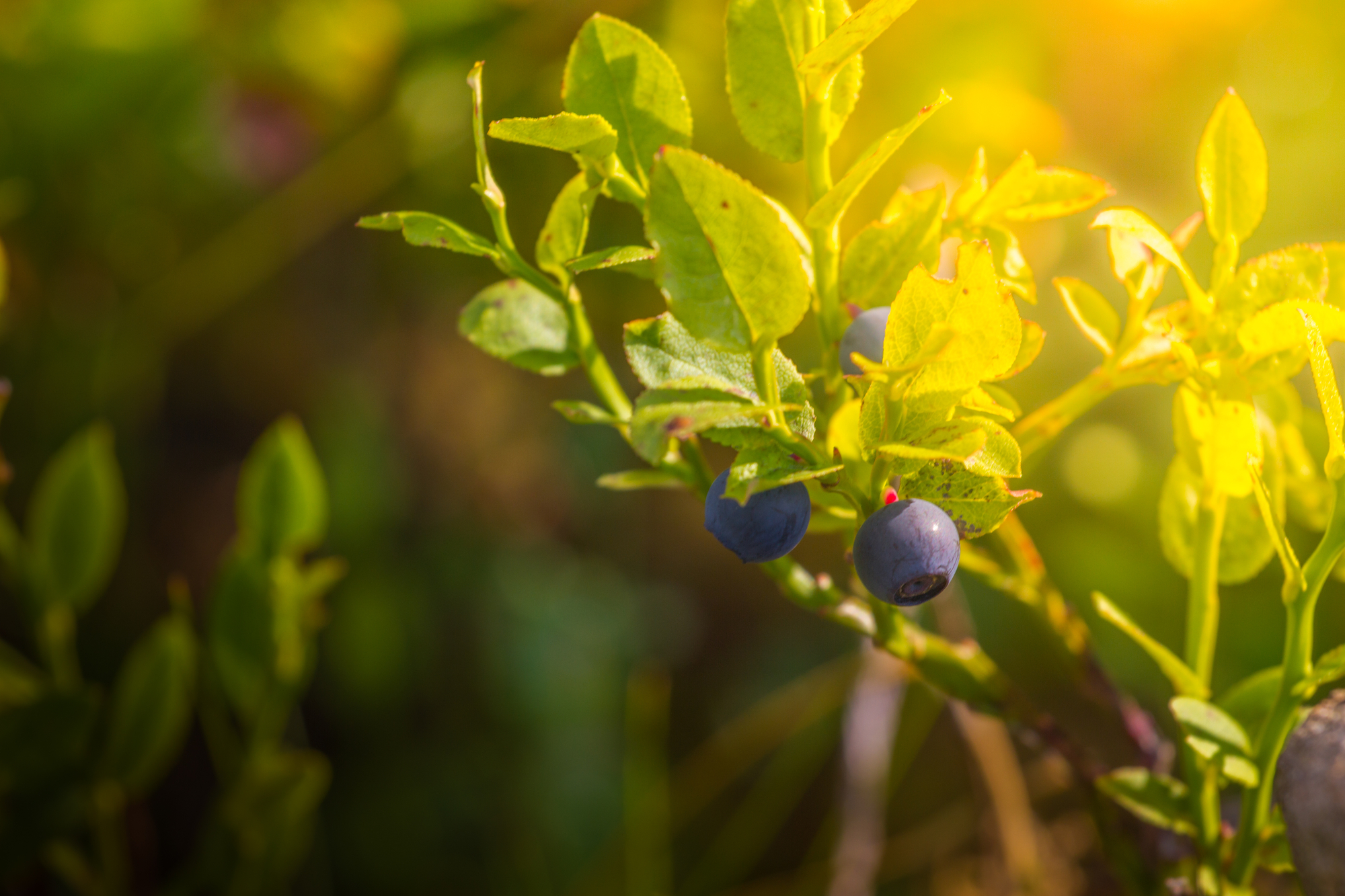
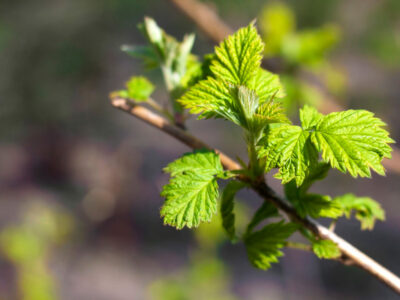






Hi Melissa!
I noticed that in the video you say to plant the raspberry canes 3’ apart but in the text of the blog post it says 18” between plants and 4’ between rows? I am starting to plan out my garden so I am curious to know which one is correct! Thank you so much for your help!